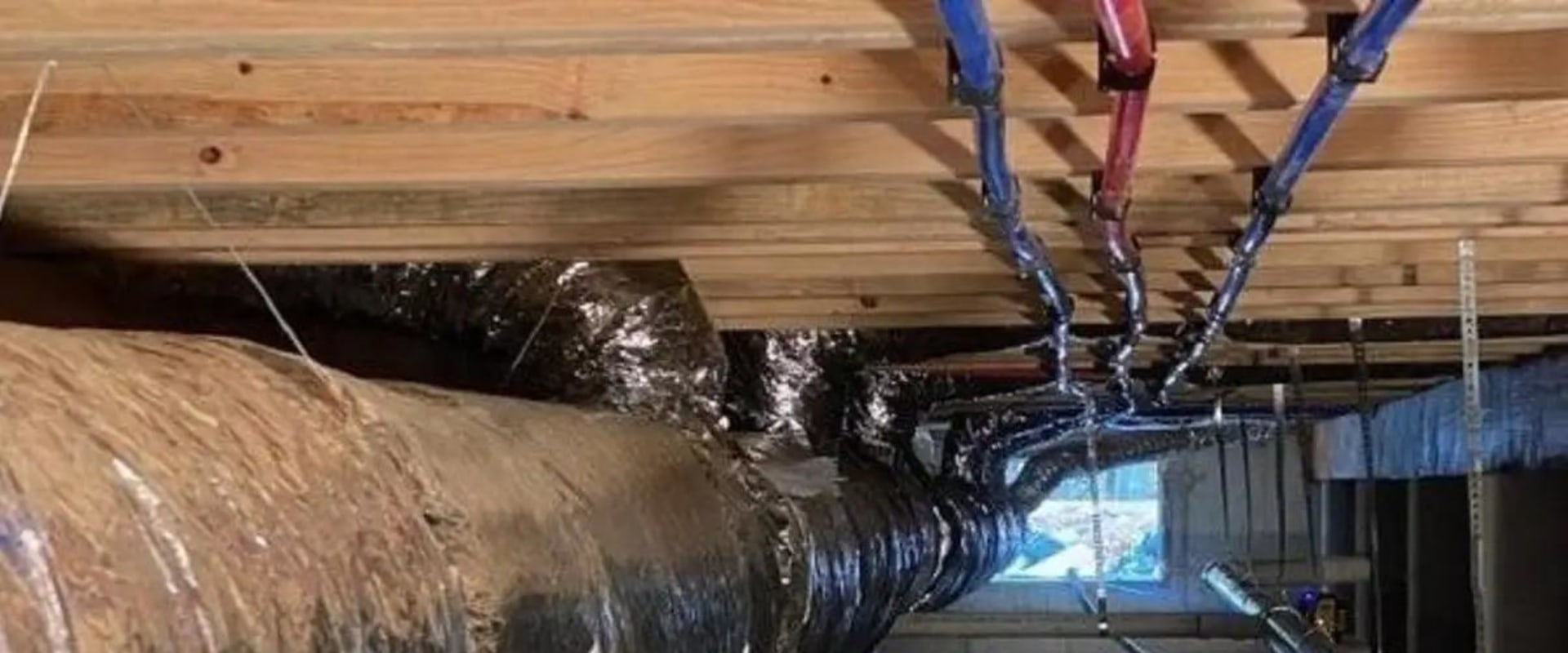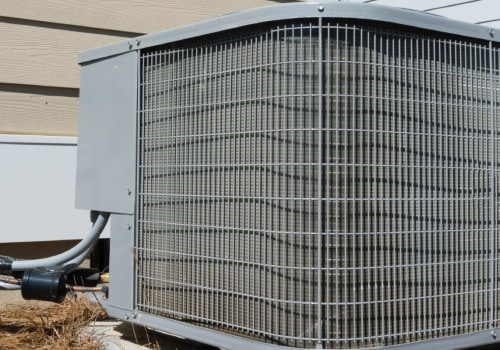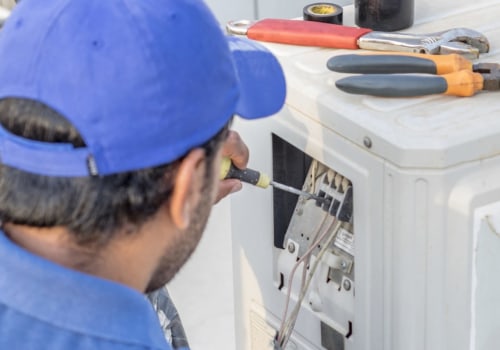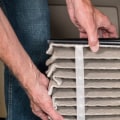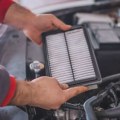In a world of ever-increasing energy costs, it is essential to take measures to reduce them. One of the most effective methods for doing so is to insulate ductwork and windows. Insulating ductwork and windows is not only a great way to reduce energy costs but also an excellent means of preventing future AC issues. This article will provide advice on how to properly insulate ductwork and windows to reduce energy costs and maintain AC performance.
Installation Process
Installing insulation in ductwork and windows is a relatively straightforward process.Before beginning, measure the dimensions of the ductwork and windows to determine how much insulation you need. Then, cut the insulation to fit the space. When cutting, use safety goggles and gloves to protect yourself from dust and debris. After measuring and cutting the insulation pieces, you will need to install them.
For ductwork, begin by attaching the insulation with wire or tape. Make sure the insulation is snugly sealed against the walls of the ductwork. For windows, use weatherstripping or caulk to seal the edges of the insulation. Finally, use an additional sealant to help create a strong airtight seal between the insulation and the window or ductwork. This will ensure that no air can escape or enter, helping you save energy costs.
Types of Insulation
Insulating your ductwork and windows is an effective way to reduce energy costs in both the short and long term. There are several types of insulation materials available for this purpose, each with its own advantages and disadvantages. Fiberglass insulation is one of the most commonly used materials for insulating ductwork and windows. It is made from recycled glass that has been spun into a fine fiber, which is then treated with a fire-resistant material.This type of insulation is easy to install and provides good protection against heat transfer. Cellulose insulation is another popular option. It is made from recycled paper, wood, or cotton fibers that have been treated with a fire-resistant material. Cellulose insulation is good at preventing air leakage and provides excellent sound absorption.
Foam insulation is another type of material used to insulate ductwork and windows. It is made from polyurethane or polystyrene and is available in a variety of densities. Foam insulation provides superior thermal protection, but it can also be more expensive than other types of insulation.
Maintaining Insulation
Insulating ductwork and windows is an effective way to reduce energy costs in the long run, but it is important to maintain insulation over time in order to ensure that it continues to be effective. Regular cleaning and maintenance of the insulation material can help to ensure its performance and longevity.Additionally, any potential repairs that may be necessary should be addressed as soon as possible. The first step in maintaining insulation is to clean the material. This can be done by gently vacuuming the insulation with a soft brush attachment or by using a damp cloth to wipe away any dust, dirt, or debris. This will help ensure that the insulation material is free of any contaminants that could reduce its performance. Additionally, any visible signs of wear and tear should be addressed with a repair job. For windows, the insulation should be checked for any signs of damage or deterioration.
If the insulation is showing signs of wear, it may need to be replaced in order to maintain its effectiveness. Additionally, any gaps or cracks should be sealed with caulk or weather-stripping in order to prevent air leakage. For ductwork, it is important to check for any signs of corrosion or rust. If any corrosion is found, the ductwork should be repaired or replaced in order to prevent air leakage.
Additionally, any insulation that has become detached from the ductwork should be reattached in order to maintain its effectiveness. Regular maintenance and cleaning of insulation materials can help ensure that they remain effective over time and help you save money on energy costs. If any repairs are needed, they should be addressed as soon as possible in order to ensure that the insulation remains effective.
